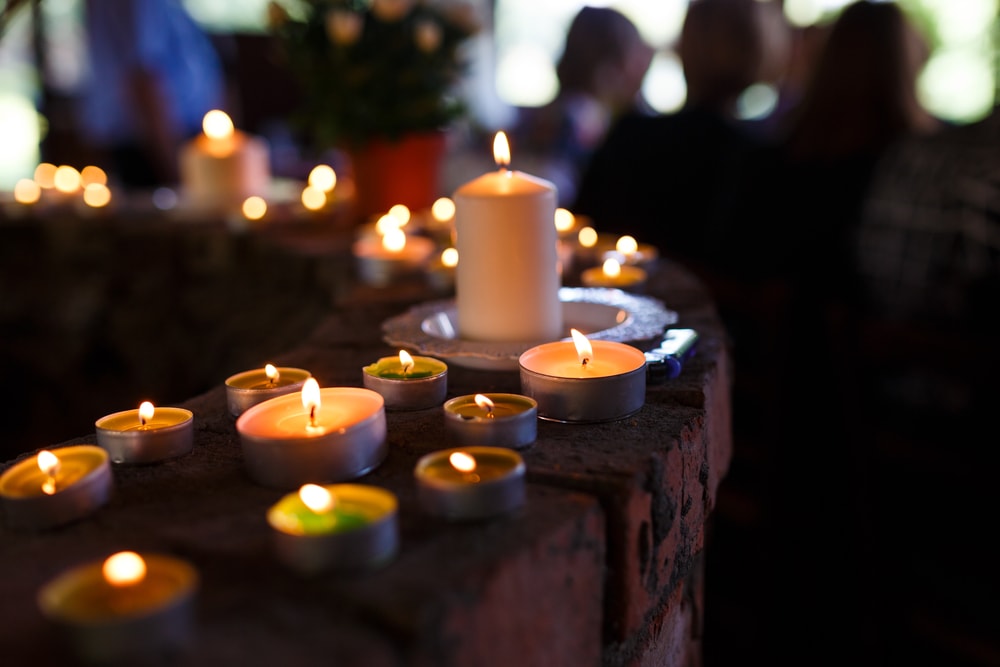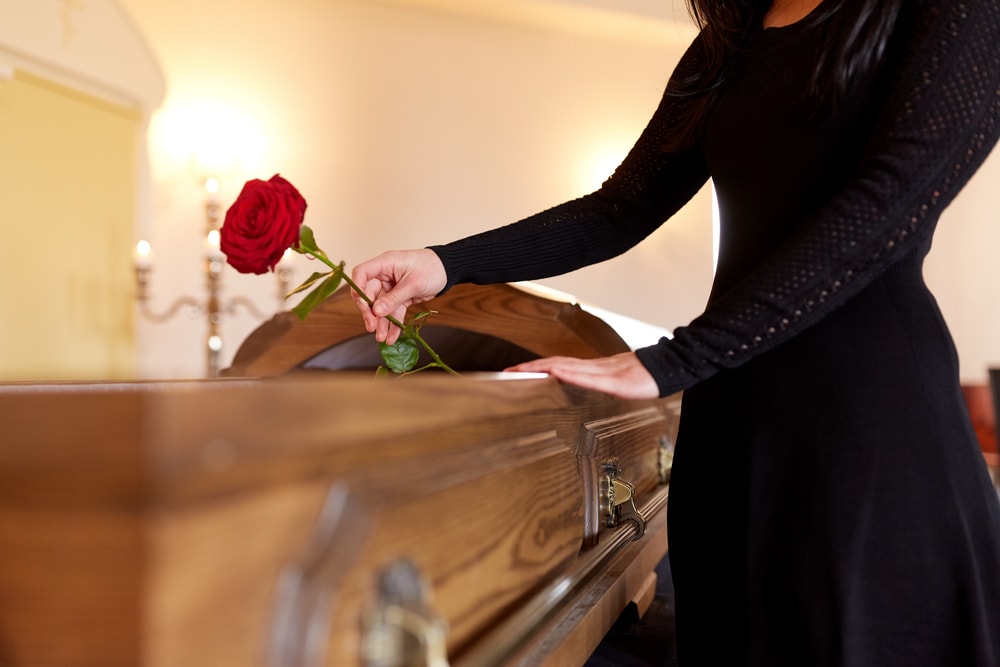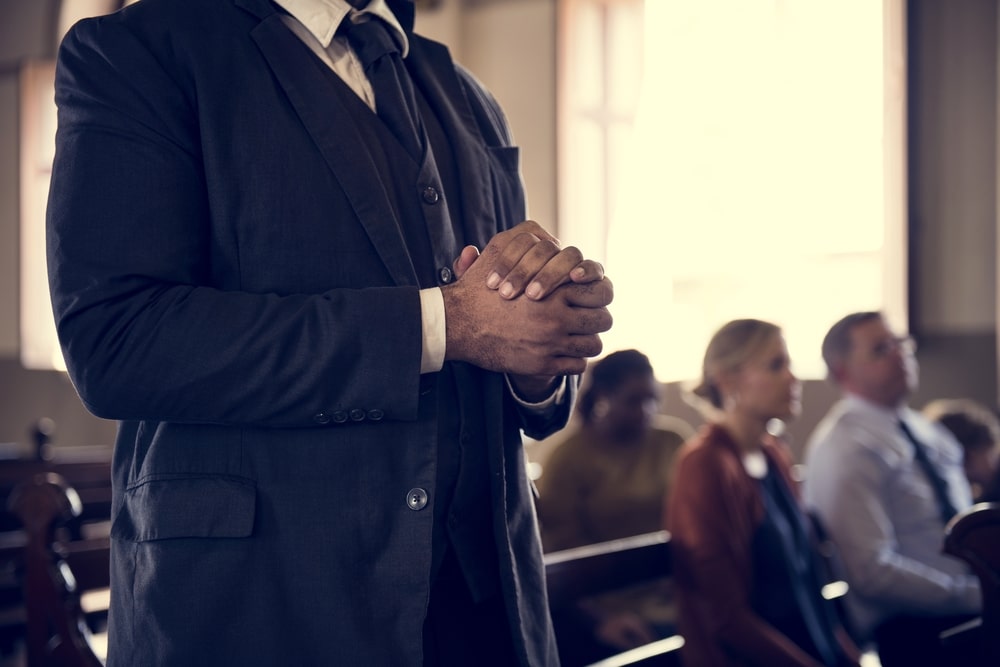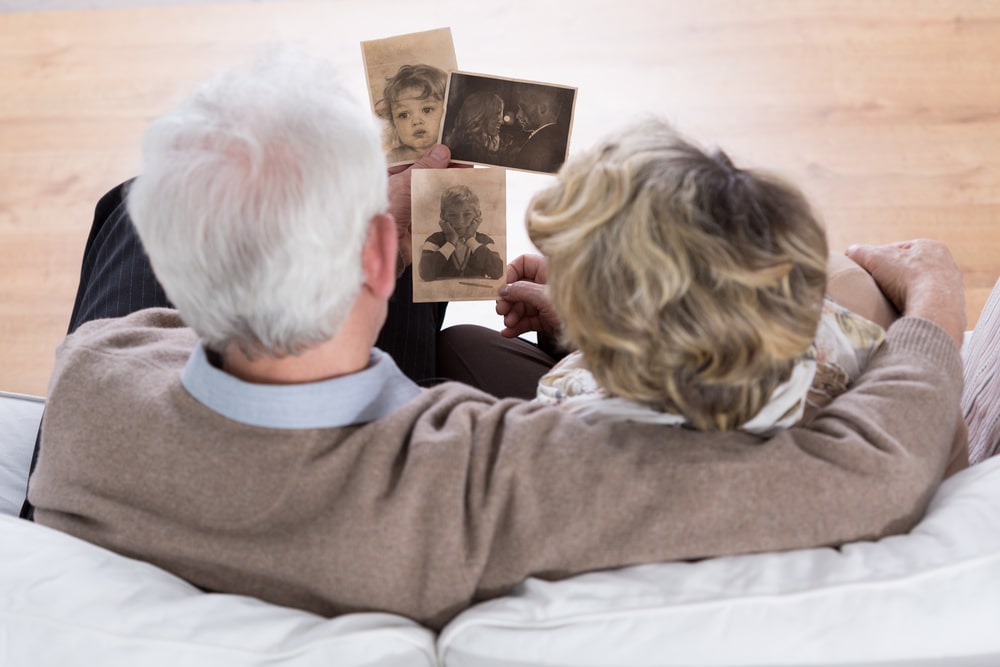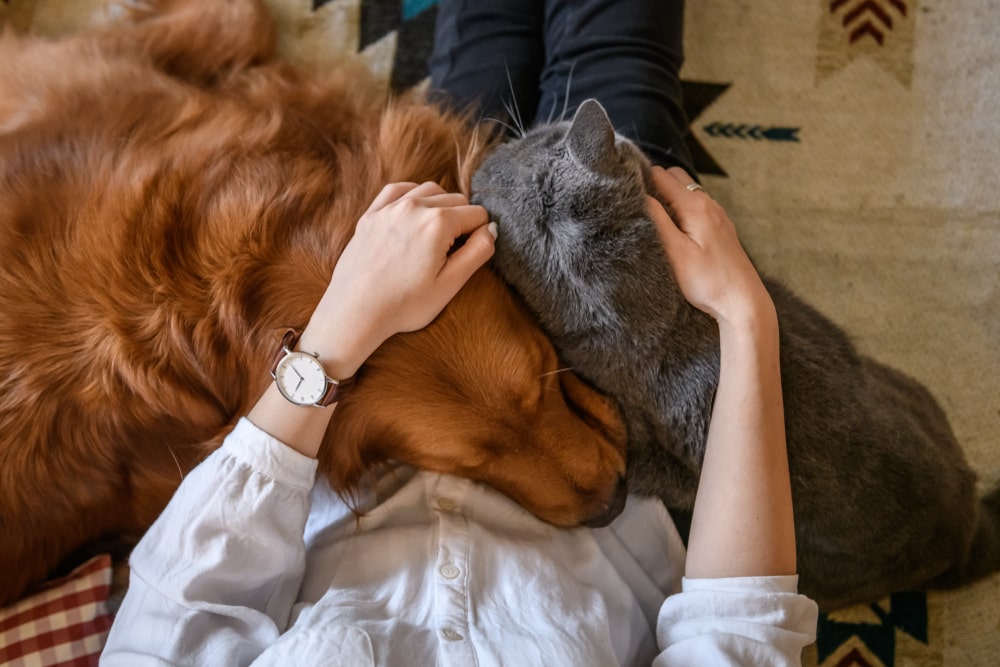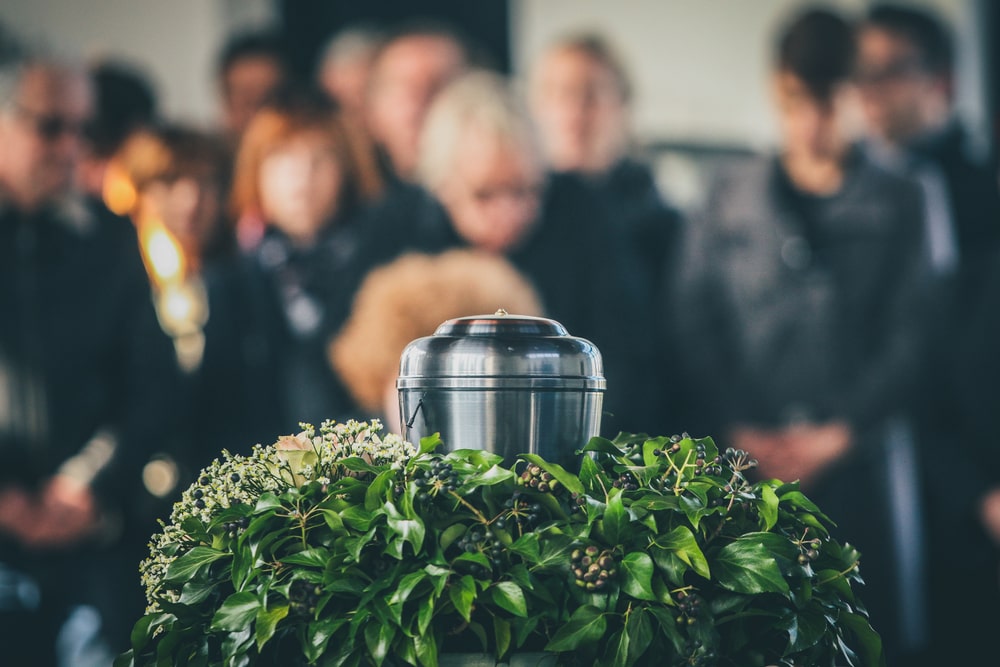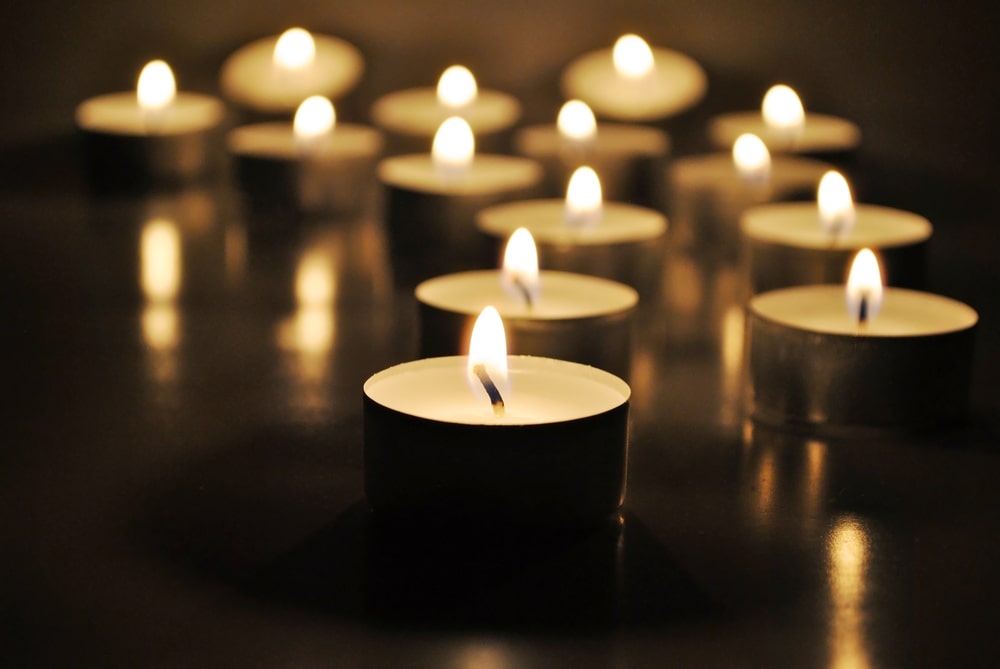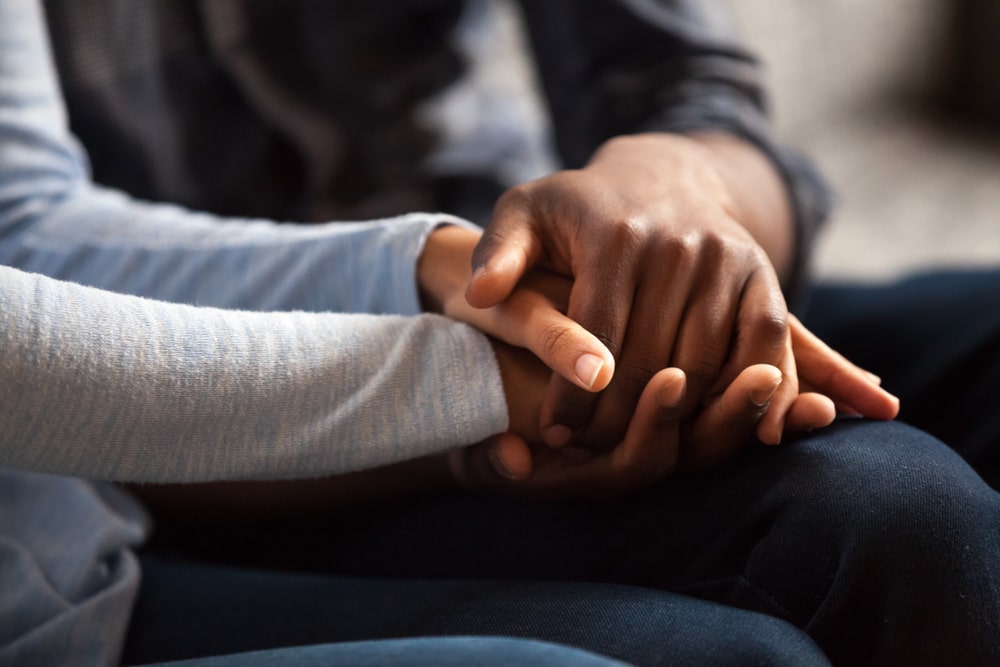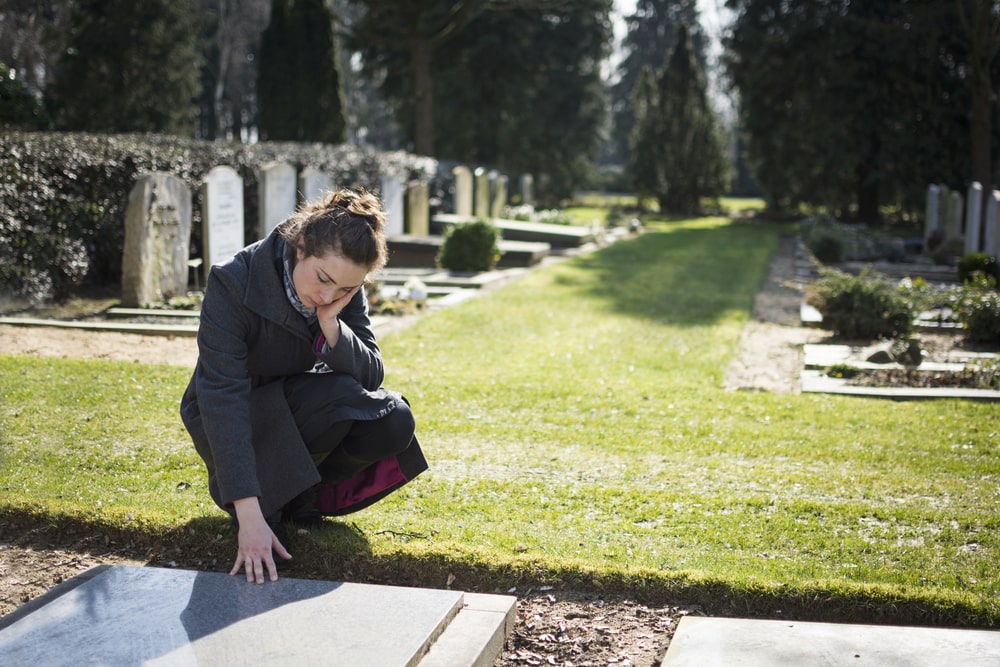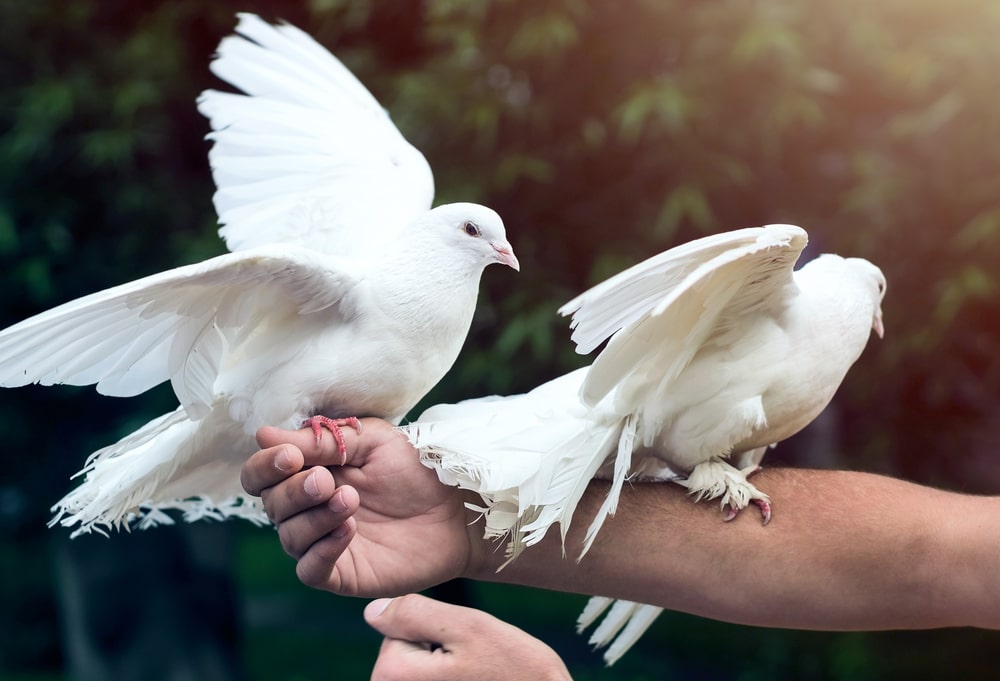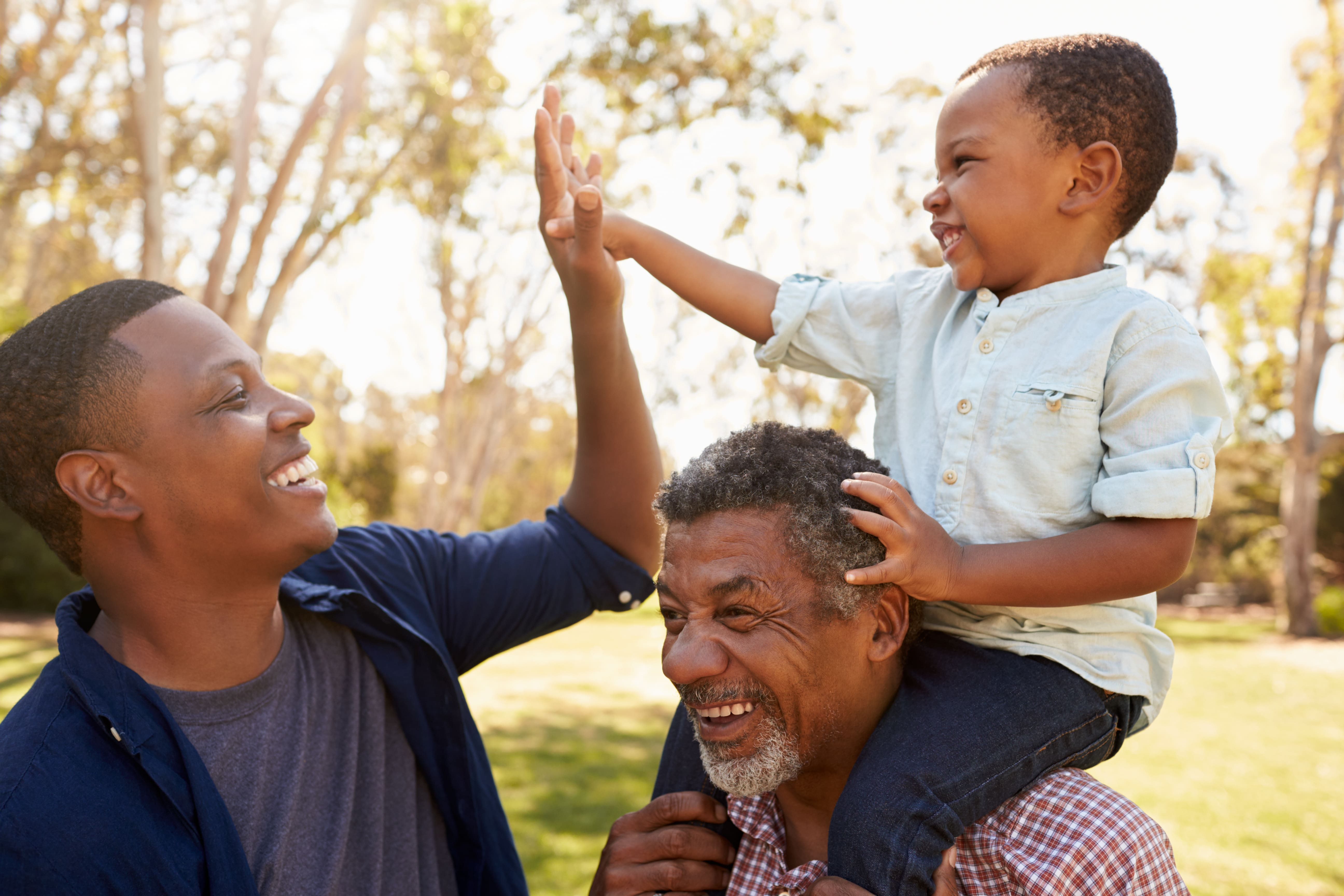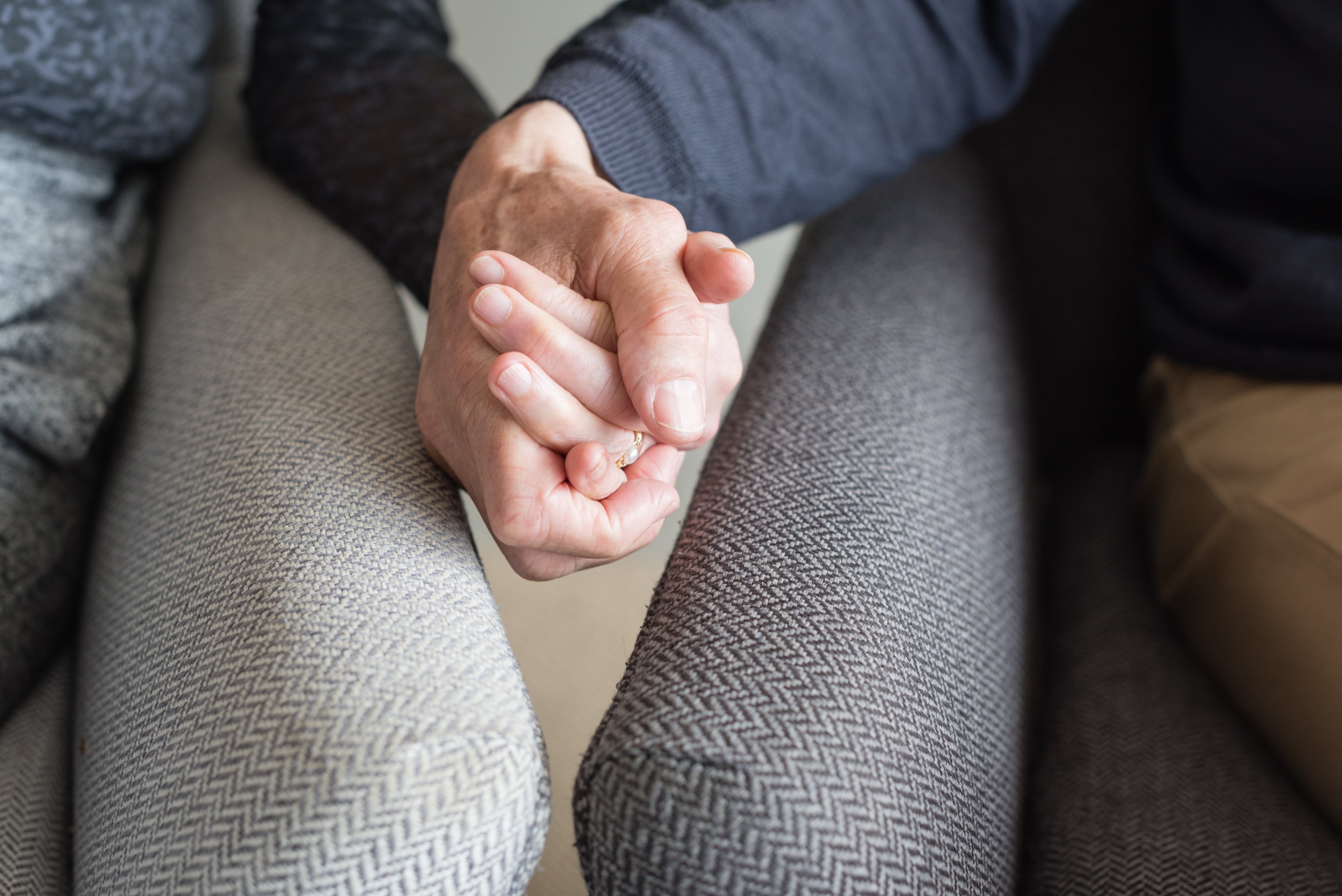
This story is all too common. A parent dies without a legal will, and the adult children must face not only their grief, but the headache of moving the estate through probate court.
That is why creating a legal will is one of the most vital areas of estate planning. A legal will ensures that your property and possessions will be divided and distributed according to your wishes. When someone dies without a legal will, that person is said to have died “intestate,” and the person’s property and assets will be subject to distribution by the state of residence.
Intestacy
Intestacy can be the cause of unpleasant arguments among family members. If your final wishes for your property aren’t signed, witnessed, and documented while you are in a clear state of mind, then your loved ones will be left with the headache of trying to interpret your wishes in a way that doesn’t cause significant conflict.
Administrator of the Estate
When someone dies intestate, a member of the family is usually appointed as the administrator of the estate. But there is no way to determine the true wishes of the one who has passed. If the deceased did not appoint an executor of the will, a probate court will often appoint this administrator.
Developing a Plan

The issue of intestacy is further complicated by the fact that states have different laws for going about the process. To avoid all the legal red tape, plan ahead by writing a will that clearly delineates your wishes and that is legally valid. Requirements for a will’s legality vary from state to state, so you may have to do some research on specific requirements in your state. However, here are some general guidelines that you can follow to write a will that is legally acceptable and that best conveys your wishes:
- Don’t wait: To ensure its legality, your will must be signed when you are of sound mind. Many people think that they can wait until they are on their deathbed to write the will, but if your state of health calls into question your mental clarity, then your will could be declared invalid. To avoid this potential setback, construct a legally valid will ahead of time.
- Select your witnesses: Your will should be written in the presence of witnesses. At least two witnesses will need to sign it, but some states will not accept less than three. Make sure that the witnesses are disinterested parties, people who are not beneficiaries and have no stake in the proceedings.
- Choose an executor: Be sure to assign an executor of the will to fulfill the duty of settling the estate. This is the person who you will trust to represent your wishes after your death. Often, a spouse or close friend is appointed as an executor. Remember, in the absence of an executor, an administrator of the estate will have to be chosen, and there is no way to guarantee that the person selected will know how to follow your wishes.
- Provide for dependents: If you are responsible for the care of minors, it is important that you outline your wishes for their continued care, and that you assign a guardian that you trust to take on this role.
- Communicate clearly: Make sure that your thoughts are well-organized. Identify your heirs and give instructions that are free of ambiguity. Read back over the material and make sure that there is an unmistakable connection between person and property, gift and recipient.
- Update: Return to your will every few years to make sure that your current wishes are represented. Things change. If a decade has passed and you haven’t looked at your will, there’s a good chance that it’s offering an inaccurate picture of your current wishes. Pull it out every few years, review it carefully, and make any necessary edits.
State Law Requirements

While these general principles will help you avoid some of the potential pitfalls of will-writing, it is essential that you also educate yourself on your specific state’s laws for creating a will. An attorney can help with this, or you can take advantage of an online will creation service to make sure that your will is written within the parameters of state law.
Be Proactive
It’s never too early to start thinking ahead. By creating a clearly worded and legally sound will, you can relieve your family of unnecessary stress and make sure that your wishes will be carried out. Ensuring that your estate and your belongings are distributed according to your preferences will bring peace of mind to you and your loved ones.

